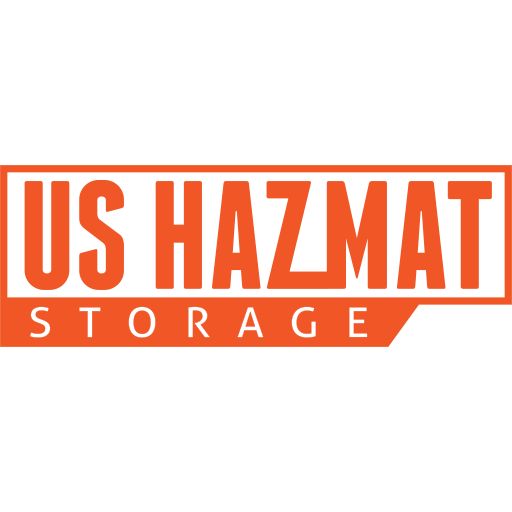Safely storing flammable chemicals
Far too often, we hear about the severe repercussions of improperly storing flammable chemicals. Calamities and associated casualties often dominate national headlines when safety is given second priority. As a project manager or contractor, we understand you have a busy schedule that doesn’t often leave a lot of time to review safety protocols daily. Our hazmat storage lockers can offer that continuous protection so you can focus on putting out those figurative fires instead of real ones.
What are flammable liquids?
Flammable liquids are just one of several categories pertaining to volatile substances that can be found on almost any job site. Several third-party government regulatory agencies define a flammable liquid as a chemical that can have a flash point that reaches or exceeds the 200-degree mark. When talking about flammable liquids, you may hear safety inspectors or one of sales representatives toss out terms you would expect to find in a chemistry classroom instead of a work zone. Don’t let yourself become overwhelmed. We will carefully explain what these terms means and how they pertain to the safety your crew and property.
Flash point: OSHA defines a flash point as the minimum temperature at which a liquid gives off vapor in sufficient concentration to form a mixture that can become combustible if ignited. Typically, test methods determine the point at which this occurs.
Initial boiling point: this is the temperature of a liquid at which its vapor pressure is equal to the standard pressure at which point the first gas bubble appears.
What are flammable solids?
When many people hear the term “flammable chemicals,” they might think about gasoline or maybe even acid and chemical solvents. Although many flammable solids may not be as volatile as some of the other classifications of flammable materials, they should still be handled and stored with extreme caution. OSHA defines a flammable solid as a material that is a solid which is readily combustible, or which may cause or contribute to fire through friction.
A readily combustible solid could cover such substances as those that are powdered, granular or pasty chemicals, which are dangerous if they can be easily ignited. There are several different types and divisions of flammable solids, but some of the most common are batteries, matches and other substances that can cause fire through friction and can exceed a burning rate of less than a full second. Recently, fires involving improper battery storage have reminded industry leaders to revisit proper storage methods. Fortunately, our highly skilled and knowledgeable engineers have been working fervently to ensure vigilance on the job site. Our flammable storage buildings are steel welded, so you know the protection you receive will be impeccable. Although it is nearly impossible for any protective measure to be impervious to the whims of Mother Nature and disaster, our highly rated protection storage units come pretty close.
Our US Hazmat Storage FireSAFE-2 and Hazmat Storage FireSAFE-4™ units offer unrivaled fire protection and meet all safety compliance measures. They are also the perfect complement to our drums, totes or pallets for smaller storage.
What are flammable aerosols?
Classification of flammable aerosols is a little more complicated than categorizing flammable solids and liquids, as this requires a laboratory testing involving the substance being emitted from a pressurized container. Aerosols can come in the form of air-based mixtures including propellant formations of droplets, particles, gases and vapors. Common flammable aerosols include ether, acetone, charcoal light fluid, diesel fuel and even hair spray and bug spray. Like many flammable materials, you may handle and deal with these dangerous chemicals without a second thought about their potency.
What are flammable gases?
Although any flammable chemical poses special storage challenges for contractors nationwide, flammable gases have earned a sinister connotation for being notoriously volatile and potentially unstable. Many of these gases are stored in cylinders and other containers susceptible to leaks due to errant storage that can easily result in ignition followed by catastrophe. When leaks do occur, they can form in pockets that accumulate toward the room’s ceiling. These pockets can lead to explosions. Butane, hydrogen and propane are just a few examples of common flammable gases.
Secondary Spill Containment for Flammable Chemicals
Our flammable storage buildings include our US Hazmat Storage FireSAFE-2 and US Hazmat Storage FireSAFE-4 lockers offer two and four-hour fire protection, respectively. We also offer containers that are also professionally welded unique spill containment sumps that guard against spills, thus preserving every precious drop of fuel oil.

